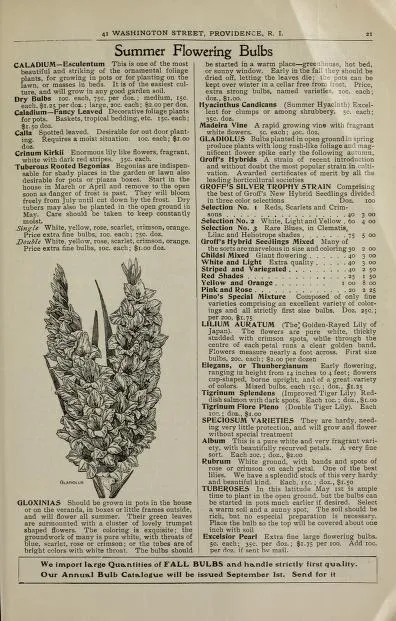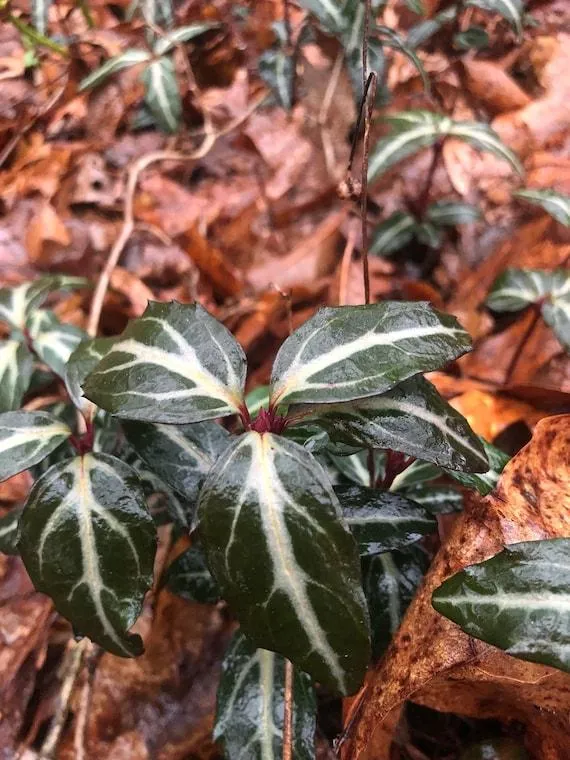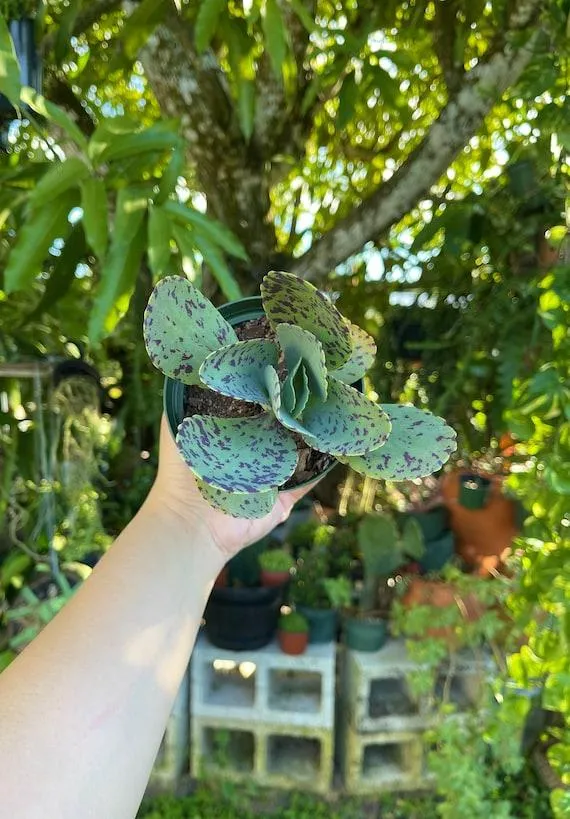Everything You Need to Know About Variegated Plants
If you’ve been searching for “variegated plants”, you’ve likely come across plant varieties with striking white, yellow or creamy blotches on their leaves. Variegation is a natural genetic mutation that results in sections of the plant lacking chlorophyll, creating an interesting contrasting pattern. In this article, I’ll cover everything you wanted to know about these unique plants.
What Causes Variegation?
Variegation occurs when there is a mutation in the plant’s genes responsible for producing chlorophyll, the pigment that gives leaves their green color. Sections of the leaf lose the ability to photosynthesize. Scientists believe this is due to defects in chloroplast development. While lacking chlorophyll makes these areas unable to produce their own food, the plant is still able to survive thanks to nutrients transported from the green parts of the leaves and stems.
Popular Variegated Plant Types
Some of the most commonly grown variegated plants include:

- Philodendron: Heartleaf philodendron, brasil philodendron and lemon-lime philodendron have beautiful cream or yellow contrasting patterns.
- Pothos: Golden pothos and marble queen pothos thrive as low-light houseplants with their white or yellow variegation.
- Monstera: Monstera deliciosa, or Swiss cheese plant, has large fenestrated leaves punctuated with white patches.
- Peperomia: Peperomia hope, ruby cascade and peperomia obtusifolia varieties often have white markings.
- Chinese evergreen: Aglaonema varieties like Maria, schefferi and silver bay have white or cream variegation.
Benefits of Growing Variegated Plants
While variegation does provide interesting eye-catching patterns, there are also some functional benefits to growing variegated plant varieties:
- They require less light. The white sections of leaves absorb less light, so plants can tolerate lower light conditions than their solid green counterparts. This makes them great choices for indoor areas with less sunlight.
- Variegation offers contrast. The bold markings provide visual interest and can help brighten up shady spots in your home or garden. They serve as focal points that draw the eye.
- Certain types withstand sun better. Some variegated plants like cast iron plant and neon pothos are hardier and less likely to burn in direct sun compared to their non-variegated forms.
- Pests may be deterred. From my experience as an organic gardener, the variegated coloration can confuse pests and discourage things like aphids, spiders mites and scale from feeding.
Tips for Growing Variegated Plants Successfully
While variegation is not usually an issue for plant health on its own, here are some pointers for ensuring your patterned plants thrive:
- Provide adequate but indirect light. As I mentioned before, they need fewer intense sun rays but still appreciate moderate illumination.
- Pay attention to moisture levels. Roots cannot uptake water through white sections, so moist but well-draining soil is key. Overwatering can cause root rot.
- Fertilize regularly during the growing season. While light parts can’t photosynthesize, regular balanced fertilizerevery few months helps fuel overall growth.
- Give support if needed. Larger-leaved varieties may require stakes as their patterned structure is less rigid than plain leaves.
- Propagate carefully. Take cuttings only from the green sections to ensure rooted plantlets develop strong chlorophyll production.
Potential Drawbacks of Variegation
While variegation has its perks, there are a few drawbacks you should be aware of as well:

- Variegated plants typically grow more slowly than their solid counterparts. The sections lacking chlorophyll hamper full photosynthesis.
- Variegation is not always stable and may rever back to green or produce unexpected new color patterns in latter generations. This makes some cultivars unreliable.
- Pure white sections are more susceptible to sun scorch and damage if placed in too much direct light without acclimation. Shade is key.
- Growth tends to be weaker and lankier compared to standard varieties. Staking may be required for large plants like monstera.
- Pests sometimes find white patches more appetizing targets for feeding. Close monitoring is important to catch early infestations.
Propagating Variegated Plants
In case you were wondering how to multiply your variegated beauties, here are the basics of propagation:
- Take stem or leaf cuttings from the green sections only and root them in water or soil. This ensures the new growth maintains the variegation pattern.
- Division can also be used for root-bound clumping types. Carefully separate offshoots and established portions of the root ball.
- Tissue culture techniques may be needed for rare or unstable cultivars. Contact a specialist nursery for micropropagation options.
- Seeds can work but will not necessarily produce an exact variegated clone. Color patterns are genetically unpredictable between seedling generations.
With some basic Tender Loving Care tailored to their needs, variegated plants can absolutely thrive both indoors and out. Their natural splash of beauty adds character to any space. I hope this article has given you a comprehensive understanding of what causes their mutation and how best to grow and multiply your patterned plant pals.
If you have any other questions, feel free to reach out directly. From my experience as an avid horticulturist, variegated varieties are always worth seeking out for that bit of visual pop they contribute to green spaces. Enjoy your new finds!

Choosing the Right Variegated Plant for Your Home
| Plant | Light Needs | Watering | Care Level |
|---|---|---|---|
| Philodendron | Low to medium light | Allow soil to dry between waterings | Low maintenance |
| Pothos | Low to bright indirect light | Water when top inch of soil is dry | Very easy to care for |
| Chinese evergreen | Bright indirect light | Water when top inch of soil is dry | Low maintenance |
| Peperomia | Bright indirect light | Water when top inch of soil is almost dry | Easy to care for |
| Variegated snake plant | Low to bright indirect light | Water every 2-4 weeks | Very low maintenance |
FAQ
-
What are variegated plants?
Variegated plants are ones that have streaks or blotches of another color in their leaves, stems, or flowers besides just being one solid shade of green. So they’re plants that sort of have two colors instead of just one.
-
What causes a plant to be variegated?
There are a few possible reasons why a plant may be variegated. Sometimes it’s caused by a virus or genetic mutation that prevents part of the plant from producing chlorophyll. Other times, plant breeders intentionally cross different plants to make new variegated varieties. So in summary, it’s often the outcome of either a natural occurrence or purposeful plant breeding.
-
Are variegated plants harder to care for than solid green ones?
For the most part, variegated plants do not require radically different care compared to their solid green cousins. Nonetheless, the sections lacking chlorophyll may be weaker than the green areas. As a result, variegated types can potentially be slightly more demanding in terms of supplying enough sun and preventing moisture stress on the pale portions. However, with the suitable growing conditions, they’re totally doable for home gardens too.

-
Why are some variegated plants more valuable?
Variegation occurs less often in nature than solid-colored foliage. Additionally, it takes considerable work for plant breeders to develop and maintain variegated cultivars through propagation. Due to scarcity and efforts involved, certain prized variegated plants end up costing more than basic varieties. But is greater expense always worth it for looks alone? You might get more enjoyment planting several budget greenery instead of one single pricey specimen.
-
What are some common variegated plant varieties?
Top variegated plant picks include vareigated foliage like peperomia, philodendron, pothos, monsteras; variegated shrubs like indian hawthorn, abelia, hydrangea; variegated flowers like coleus, impatiens, delphiniums; and even variegatedgrasses like ornamental sweet corn and carex grass. Experts agree hostas and prayer plants may be two of the most frequently grown variegated landscaping options for gardens around the world.
So in summary friends, while variegated plants may perhaps require a bit extra TLC, their delightful two-tone looks can absolutely brighten up any outdoor space. Just be sure not to go broke chasing that perfect specimen! On the other hand, less rare varieties work splendidly too at a portion of the price.
